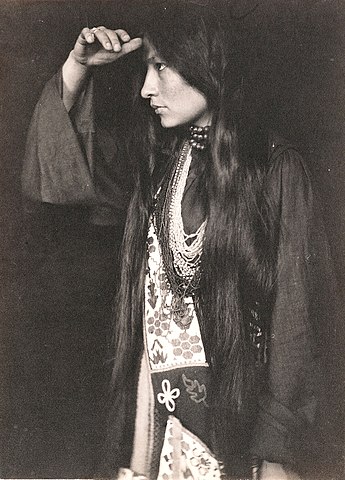
March marks the beginning of Women’s History Month. While women deserve recognition every day, this time of year presents a perfect opportunity to pay homage to women of the past and present.
The five writing activities below prompt middle and high school students to explore women’s achievements while also honoring the ongoing fight for progress and equality.
Writing a Historical Dialogue
This prompt introduces students to 16 women who have contributed greatly to history, arts, activism, and science. Students choose one of the contributors, complete additional research, and write a dialogue between themselves and the person.
Goals for Gender Equality
After learning about a gender discrimination lawsuit filed by the U.S. women’s national soccer team, students consider contemporary examples of gender inequality in school, sports, and other group settings. Then, in an essay, students define gender equality and why it matters.
Living Legends
Students interview a woman they respect and admire. Then they use information from the interview to create a narrative about the person. This prompt could lead to a larger oral history project.
Toying with Gender Stereotypes
Students analyze their favorite childhood toys for gender stereotypes. After contemplating what the toys suggest about gender roles and expectations, students write a letter to their younger selves, giving advice about the toys.
Analyzing a Heroine
Students fill out a "scouting report" about a female character from a book, TV show, or movie. They use details from their report to write a character analysis about the heroine.
Teacher Support
Consider this support as you introduce the prompts.
Level
6–12
Learning Objectives
By responding to these prompts, students will . . .
- Demonstrate a deeper appreciation of a person or issue in women's history.
- Gather information from print, digital, and/or primary sources to support writing.
- Draw evidence from literary or informational texts to support analysis, reflection, and research.
- Write clearly and coherently for an appropriate task, purpose, and audience.
Note: Some prompts will fulfill additional genre-based objectives.
Teaching Tips
- Adjust the prompt's language or instruction to meet the needs of your students.
- Utilize the extension activities at the end the prompts, which introduce larger projects the prompts may inspire.
- Build vocabulary about gender and women's issues. Before working individually on prompts, discuss and define terms such as gender, gender stereotypes, gender expressions, gender expectations, equality, etc. This lesson from Learning for Justice can help.
- Browse other helpful teaching resources for Women's History Month.